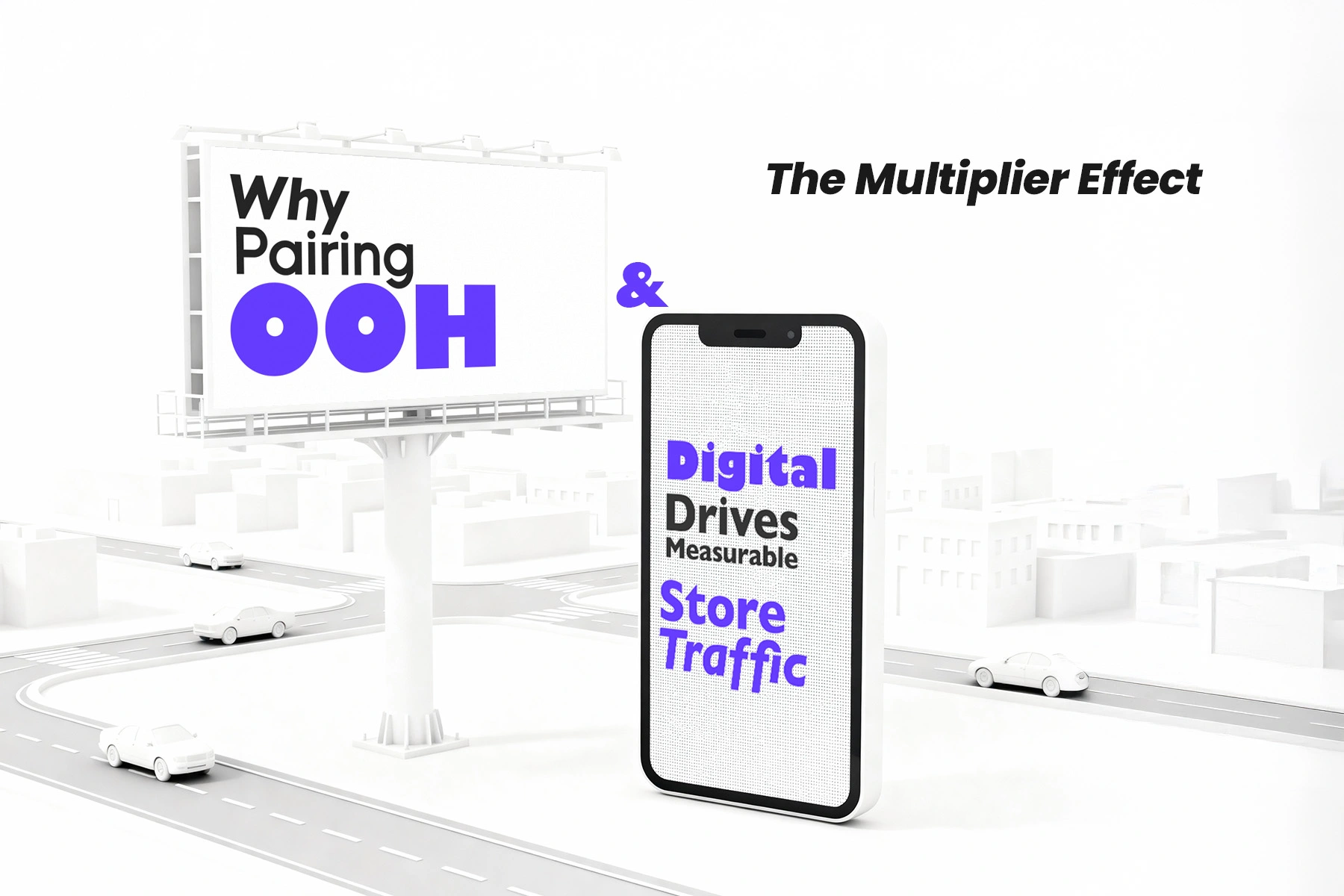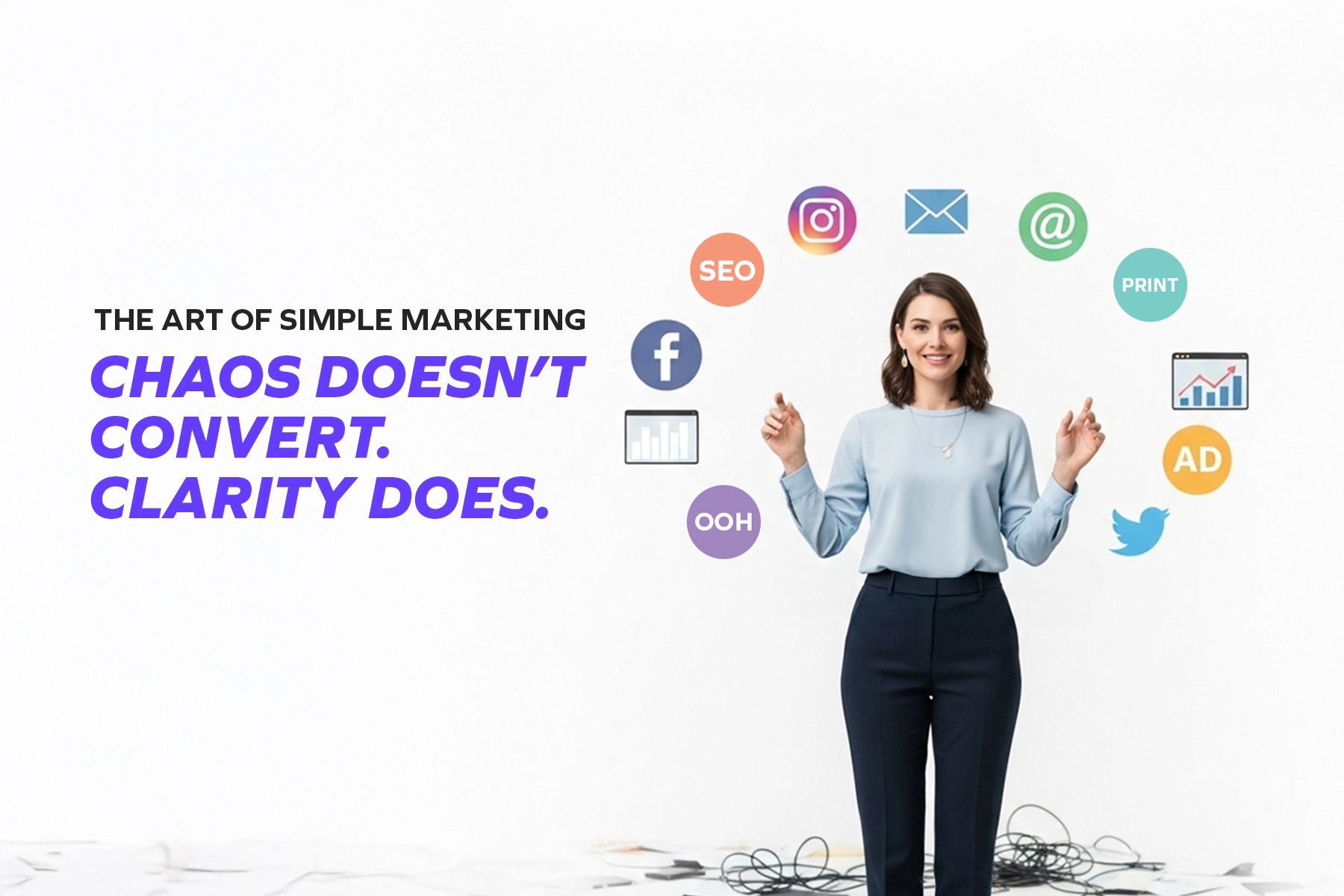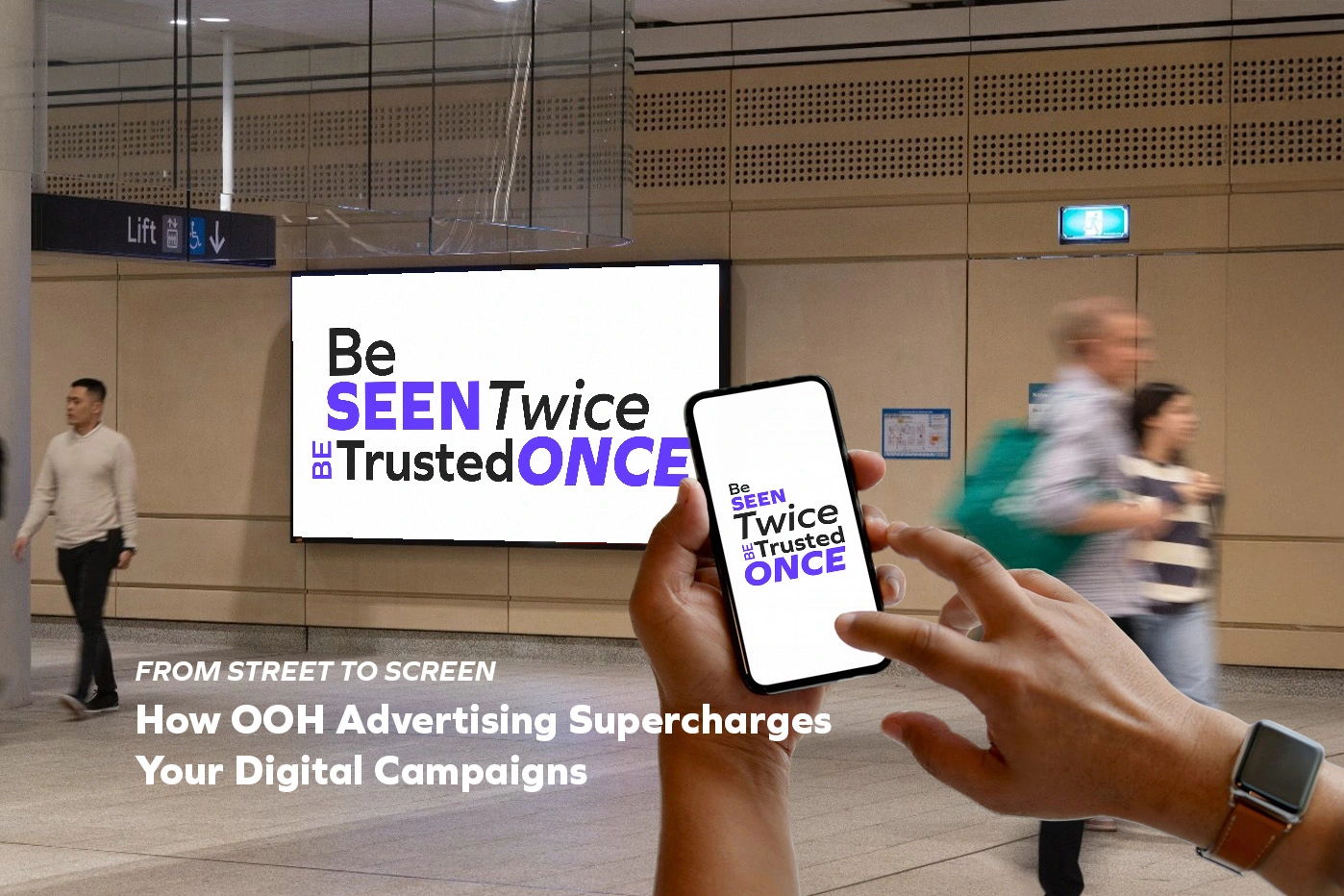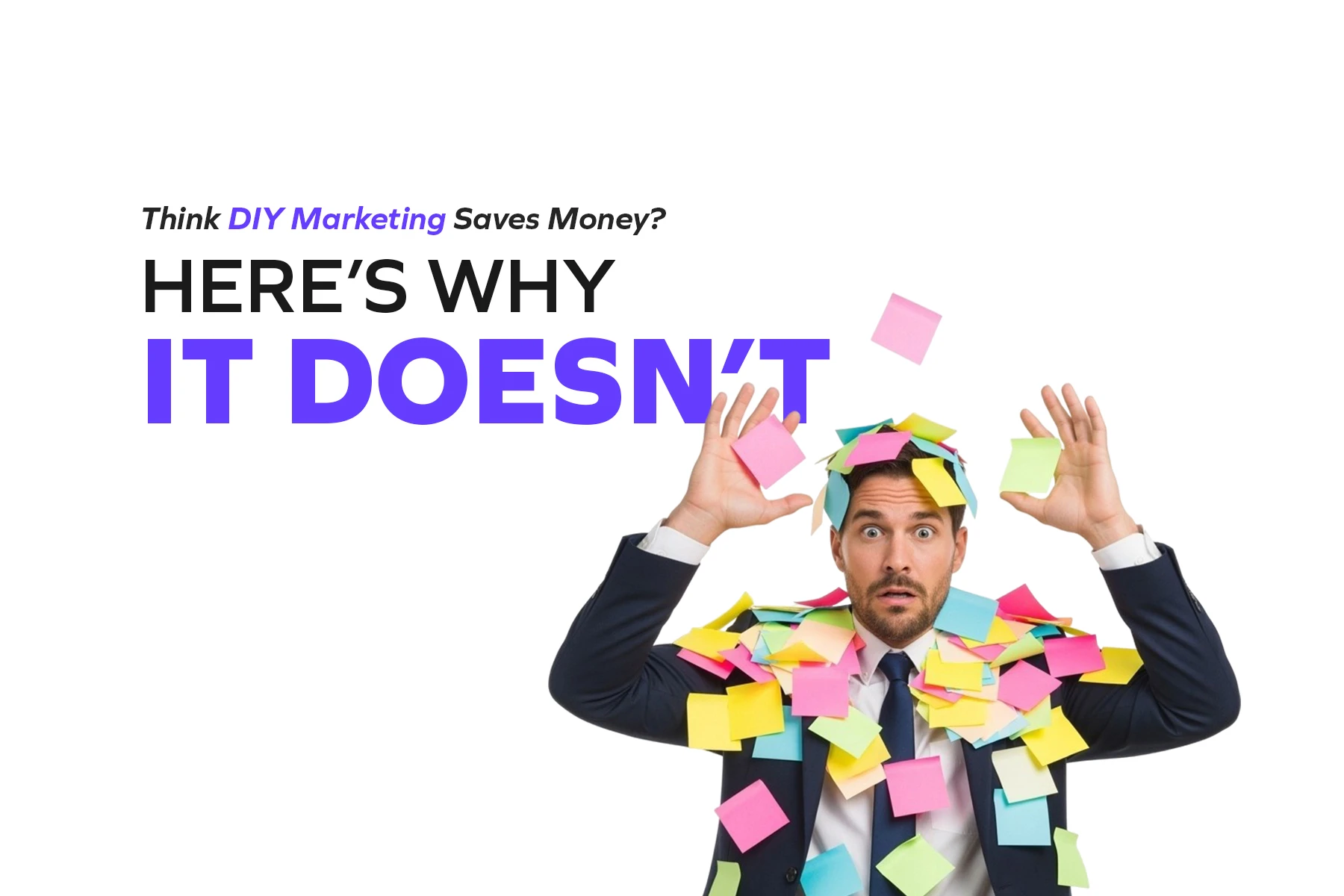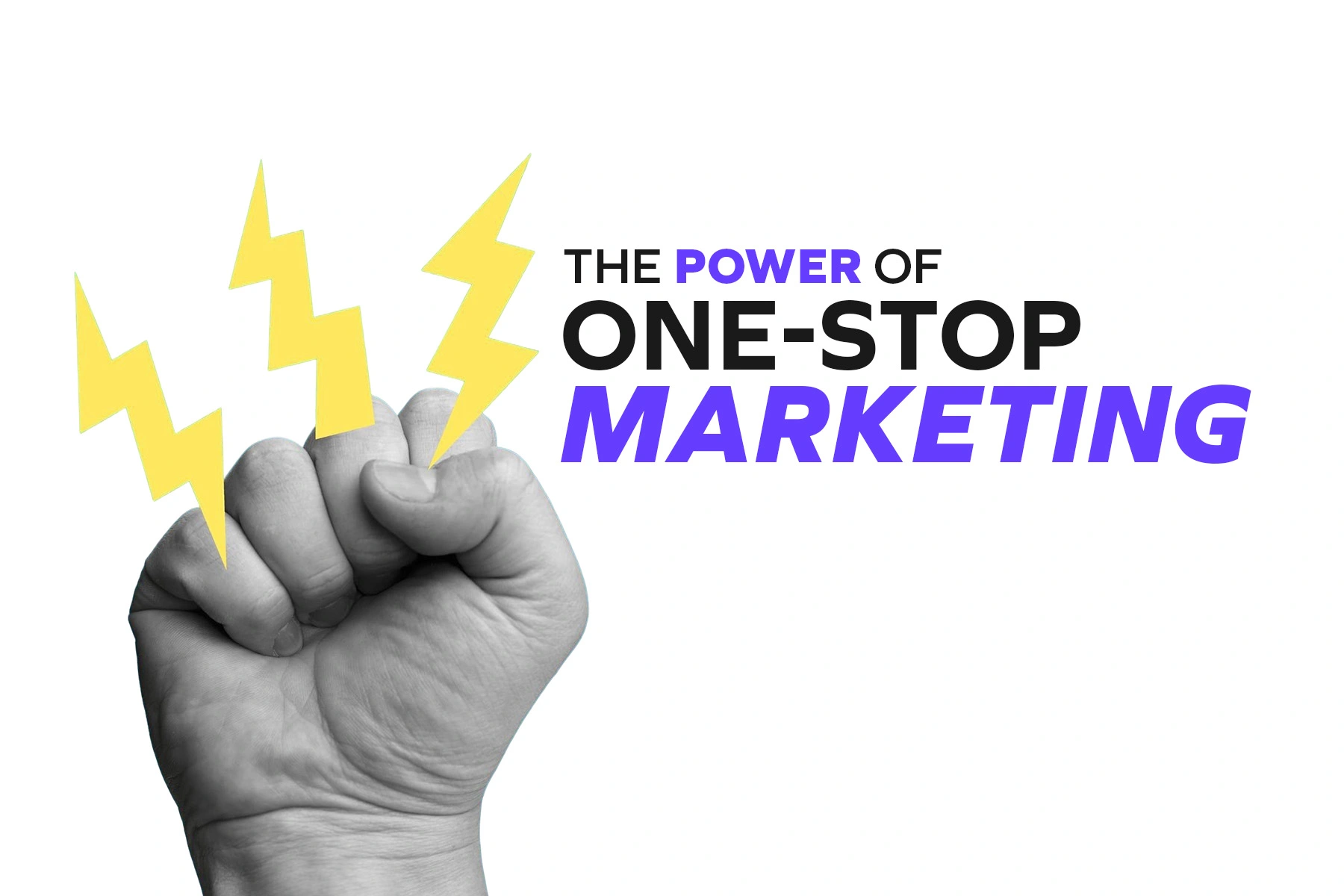You’ve got a great product. Your service solves real problems. You’ve even got traffic coming to your website or people walking through the door.
So why aren’t they buying?
Here’s the hard truth: it doesn’t matter how good your offer is if people don’t see it as the solution to their problem. Most businesses lose conversions not because their product is weak, but because their positioning is off. They’re talking features when customers are looking for outcomes.
They’re shouting “we’re great” when the customer is thinking “will this fix my problem?”
The secret to conversions isn’t better discounts or flashier ads—it’s making your offer the obvious answer to what’s keeping your customer up at night.
Start With the Problem, Not the Product
Most marketing starts with “here’s what we do” or “check out our new range.” That’s inside-out thinking. Your customer doesn’t care what you do until they know you understand what they’re going through.
Think about it. When someone searches “digital marketing agency near me,” they’re not just looking for Facebook ads or SEO reports. They’re frustrated that their website isn’t bringing leads, stressed about wasted ad spend, or overwhelmed trying to keep up with trends. The agency that wins isn’t the one with the cheapest package — it’s the one that says, “We turn your online presence into a steady stream of customers so you can focus on growing your business.”
That’s positioning. You’re not just offering digital marketing — you’re offering growth and relief from the stress of doing it all alone.
Before you write another word of marketing copy, ask yourself: What problem does my customer have right before they need me? Get specific. Get emotional. That’s your entry point.
Speak to One Person, Not Everyone
When you try to appeal to everyone, you end up connecting with no one. Generic messaging such as “we provide quality service” or “trusted by Australians” says nothing meaningful. It’s wallpaper.
Strong positioning speaks directly to a specific type of customer with a specific pain point. A physio clinic targeting tradies with back pain will use a different language than one targeting office workers with posture issues—even though both offer similar treatments.
The tradespeople want fast relief so they can get back on the tools without taking days off. The office crowd wants long-term fixes and preventative care. Same service, different problems, different positioning.
Narrow your focus. The tighter your message, the more powerfully it resonates with the right people. And those are the people who convert.
Position Benefits Over Features
Features are what your product has. Benefits are what your customer gets. And let’s be clear—customers buy benefits, not features.
Imagine you sell project management software. Saying “our platform has task automation and cloud syncing” is a feature dump. Your customer hears words but feels nothing.
Now flip it: “Stop chasing your team for updates. Our software keeps everyone aligned so projects finish on time, every time.” That’s a benefit. It speaks to a frustration—lack of visibility and missed deadlines—and positions your tool as the fix.
Features inform. Benefits sell. Make sure every part of your offer—website, emails, social posts—leads with the outcome your customer actually wants.
Use Social Proof to Build Trust Fast
Even the best positioning falls flat if people don’t trust you. And trust isn’t built by saying “trust us”—it’s earned through proof.
Customer testimonials, case studies, and reviews are conversion gold. They show that other people with the same problem used your solution and got results. That reassurance is what pushes hesitant buyers over the line.
But here’s the key: generic praise doesn’t cut it. “Great service, 5 stars!” is nice, but it’s not convincing. What works is specific proof tied directly to the problem you’re solving.
For example: “I was losing sleep over our marketing budget going nowhere. Shopa rebuilt our strategy from scratch and we saw a 40% increase in leads within three months.” That tells a story—problem, solution, outcome.
Weave social proof throughout your positioning. Don’t just stick testimonials on a single page—use them on landing pages, in email sequences, and even in ads.
Make the Next Step Obvious and Easy
You’ve nailed the problem. You’ve positioned your offer as the solution. Now what?
Too many businesses fumble at the finish line by making it unclear or complicated to take the next step. Buttons that say “Learn More” or “Submit” are vague and uninspiring. Forms that ask for ten pieces of information feel invasive.
Your call-to-action should be crystal clear and frictionless. If you’re a tradie, it’s “Book Your Free Quote.” If you’re a consultant, it’s “Get Your Strategy Session.” If you’re selling a product, it’s “Add to Cart” or “Buy Now.”
Whatever it is, remove every unnecessary step between interest and action. The easier you make it, the more conversions you’ll see.
And remember—people are busy and distracted. If they have to think too hard about what to do next, they’ll bounce.
Keep Testing and Refining Your Position
Here’s something most business owners don’t realise: positioning isn’t something you set once and forget. Markets shift. Customer priorities change. What worked six months ago might not land today.
The businesses that consistently convert are the ones constantly testing and tweaking. Different headlines, new angles on benefits, updated testimonials, refined messaging—it’s all part of staying relevant.
Run A/B tests on your landing pages. Try different subject lines in your emails. Ask customers why they chose you and listen closely to the language they use. That feedback is pure gold for sharpening your positioning.
The Bottom Line
Conversions don’t come from luck or gimmicks. They come from positioning your offer as the clear, obvious solution to a problem your customer genuinely cares about.
Understand their pain. Speak directly to it. Show them the outcome, not just the features. Back it up with proof. And make taking action as simple as possible.
Do that, and you won’t need to chase conversions—they’ll come to you. Because when people see themselves in your message and trust that you can deliver, buying becomes the natural next step.
Marketing isn’t about shouting the loudest. It’s about being the answer someone’s already looking for.


